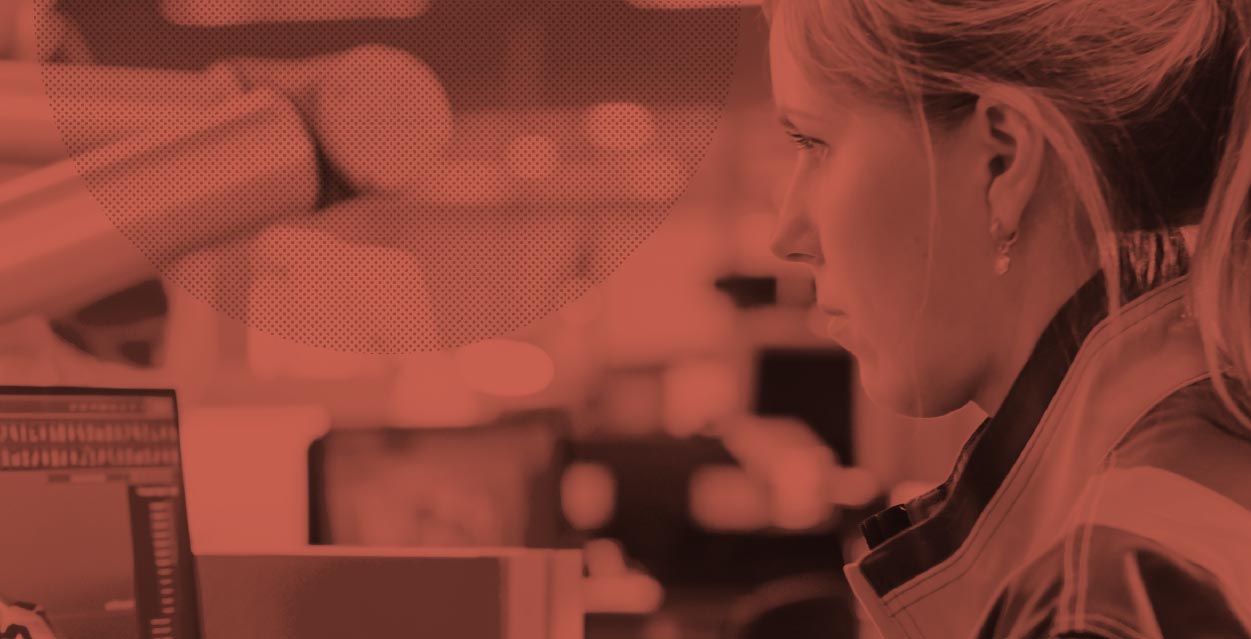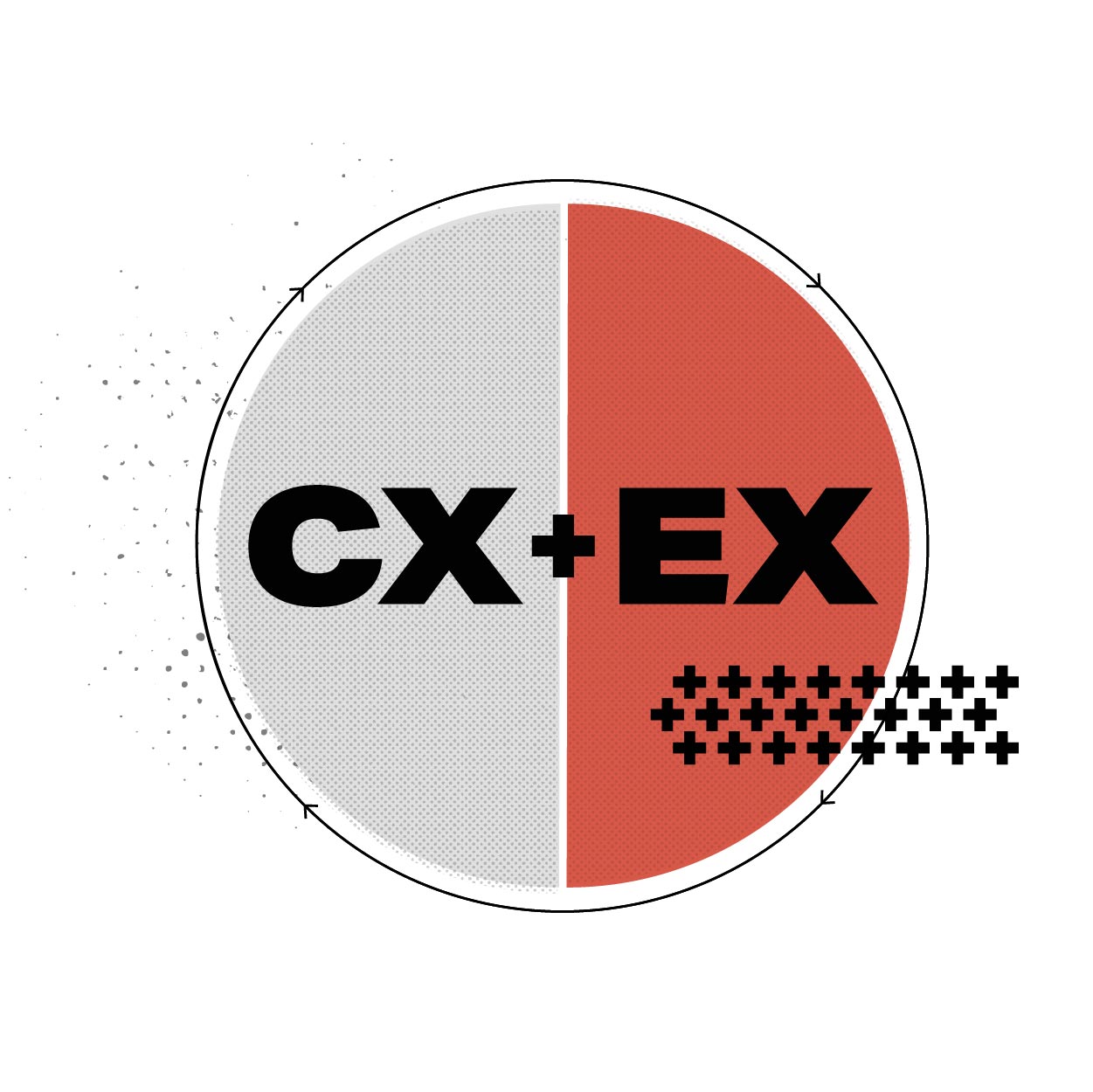

The best way to align CX and EX is to holistically design the service. A service design approach brings focus to the customer’s expectations and the human and technical capabilities needed to make the intended experience possible.
The best way to align CX and EX is to holistically design the service using meaningful research on the interaction between the workers and the systems that enable the customer experience.
“In order to optimize the performance of the entire system, people need to shift from trying to optimize their part of the system to improving relationships among its constituent parts.”
– David Stroh, Systems Thinking for Social Change
A service design approach brings focus to the customer’s expectations and the human and technical capabilities needed to make the intended experience possible. This yields tangible results for organizations.
1. Lower cost to serve customers
A service design approach often highlights opportunities to cut waste from the delivery of the service and focus resources on the moments that are most impactful to the customer experience. A recent ESI ThoughtLab study found that 34% of leading companies see reduced capital costs as a benefit of addressing CX and EX holistically.
2. Improved cooperation between departments
Mapping a clear view of the backstage of a service helps people in different departments across an organization see what they need to deliver to support the customer experience. This improved understanding and alignment improves cooperation between departments.
3. Increase customer adoption and retention
Service design centers an organization around the customer journey. When an organization aligns to serve the customer on their journey, it has a profound effect on the customer experience. And improving customer experience has a measurable impact on revenue.
4. Increase employee retention
Organizations that thoughtfully align their CX and EX see lower employee burnout and turnover, saving significant costs in retaining talent. Mapping the current state of the service helps identify points of tension between customers and employees—and provides a path to solutions.

